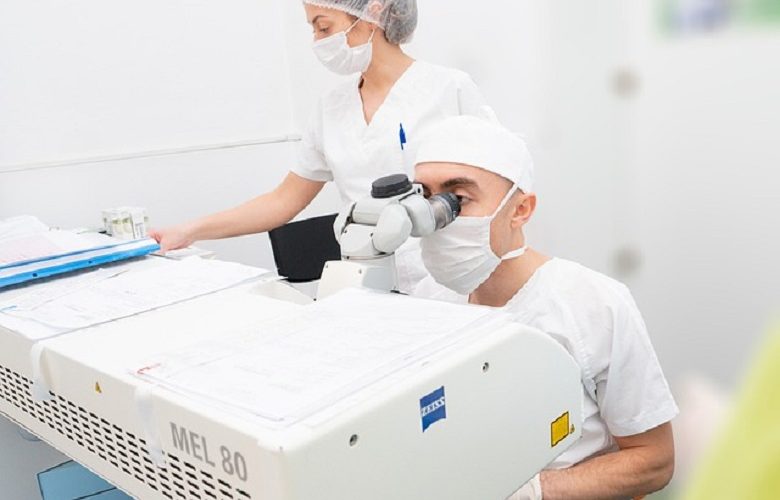Vision is one of the most important senses of our being. It is the most primary sense that allows us to perceive most of our existence, and its abilities are largely undermined in our daily lives. But when one notices the uses with care, we know how precious it makes itself and us. Our eyes can change focus constantly, adjusting it to different distances and different light exposures. Without them, we lose all our ability to perceive space easily.
A minor malfunction would result in the person wearing glasses, but some cases would need laser cataract surgery. This article aims to educate the readers concerning this surgery through its nature, steps, and purpose. Hopefully, by the end of this particular article, the reader is convinced and prepared for getting the surgery for their good.
What is Laser Cataract Surgery?
A cataract is, actually, the clouding of the eye’s natural eye. There are many reasons for this illness, but the cataract is situated behind the eye’s pupil. With traditional methods, cataract surgery would take place with a small blade. The surgeons would use that blade to enter the front side with it and place an incision on the capsule of the lens. After being broken by ultrasound waves, the cataract would be removed, and then the artificial lens replaces the clouded natural lens.
The laser technology does almost the same work but with better precision and accuracy for the better replacement of the lens. It consists of 3 steps, which are:
– The Corneal Incision
– The Capsulotomy
– Lens and Cataract Fragmentation
-
The Corneal Incision
During laser cataract surgery, there is a need for the surgeon to plan the surgical procedure of making a corneal incision with the use of a 3-D image of the natural eye containing the cataract. This 3-D image is called optical coherence tomography (OCT).
This 3-D model aims to mark an incision with a femtosecond laser measured in all depth, length and location in all dimensions. This also places the responsibility on the machine rather than the surgeon’s experience.
-
The Capsulotomy
The natural lens of our eye is placed inside a thin, sensitive and clean capsule. Surrounded by this capsule, our lens can receive light. In cataract surgery, the front part of this capsule has to be removed so that the surgeon can have clear access to the cloudy lens (cataract). This process is called an anterior capsulotomy.
A very important part of this step is not damaging the capsule while the natural or clouded lens is removed. This capsule will be the same one to hold the new lens in place after the implant is done. The capsule almost has lifelong support and should be there for the artificial lens.
-
Lens and Cataract Fragmentation
The laser is trusted to be the more reliable option in breaking up the cataract than the ultrasound waves technology of traditional methods. The laser breaks up the cataract by gradually softening it. The cataract is divided into softer, smaller so that the surgeon can then remove them with ease. This is also more prudent in its use, as there is little to no damage to the incision made.
The lens capsule is very sensitive due to its thin material, and it can easily break when the traditional methods go wrong. But the laser technology leaves the capsule undamaged in this process. Laser Surgery also saves from the risk of after-surgery problems such as a detached retina. This technology is efficiently smooth in piercing through the eye, hence, giving the patients a clean and undistorted vision.




